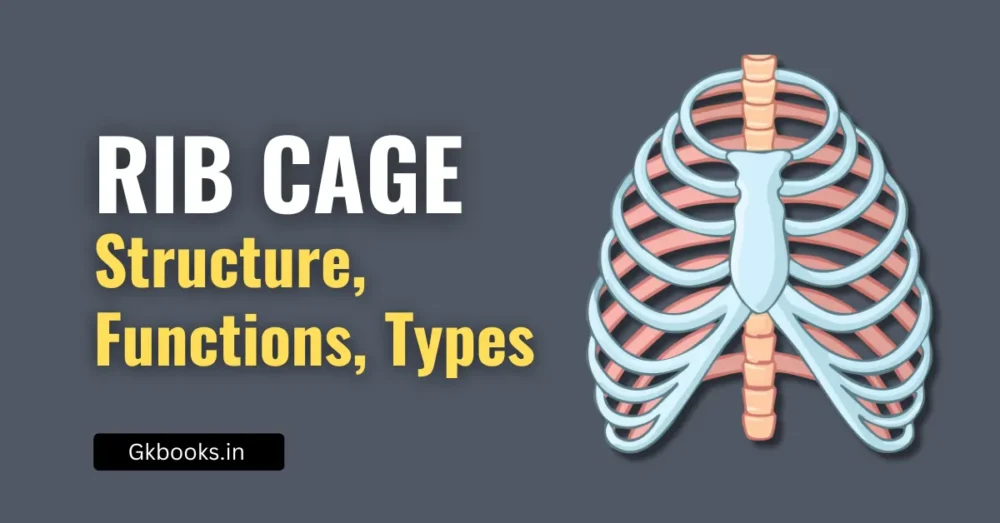The Endoplasmic Reticulum (ER) is one of the most important organelles inside a cell. It acts as a transport system, helping in the movement of materials inside the cell. Let’s explore its structure, types, and functions in simple terms.
What is the Endoplasmic Reticulum?
The Endoplasmic Reticulum (ER) is a network of tiny tubular structures scattered throughout the cytoplasm. It was discovered through electron microscopic studies of eukaryotic cells. The ER is connected to the nucleus and helps in the production, processing, and transport of different substances. It divides the intracellular space into two distinct compartments:
- Luminal compartment (inside the ER)
- Extra-luminal compartment (cytoplasm)
◾Also Explore: Cells the Unit of Life Complete Overview [NCERT]
Structure of Endoplasmic Reticulum
- The ER appears as a maze of tubules and flattened sacs.
- It is made up of membrane-bound structures that are spread across the cytoplasm.
- It is divided into two types based on the presence or absence of ribosomes.
Types of Endoplasmic Reticulum
The ER is of two types:
| Type of ER | Structure | Function |
|---|---|---|
| Rough Endoplasmic Reticulum (RER) | Has ribosomes attached to its surface, giving it a rough appearance. | Helps in the synthesis and transport of proteins. Found in cells actively involved in protein synthesis and secretion. Continuous with the outer membrane of the nucleus. |
| Smooth Endoplasmic Reticulum (SER) | No ribosomes on its surface, making it look smooth. | Helps in the production of lipids (fats) and detoxification of harmful substances. In animal cells, it is responsible for the synthesis of lipid-like steroidal hormones. |
Endoplasmic reticulum diagram
Functions of Endoplasmic Reticulum
The ER performs several important functions:
- Protein Synthesis: The Rough ER helps in making proteins with the help of ribosomes.
- Lipid Synthesis: The Smooth ER produces fats and oils required for the cell.
- Detoxification: The Smooth ER removes harmful substances from the cell.
- Transport of Materials: It helps in moving proteins and lipids to different parts of the cell.
- Formation of Other Organelles: The ER helps in the production of Golgi bodies, lysosomes, and cell membranes.
Interesting Facts about Endoplasmic Reticulum
- The ER is like a highway inside the cell, helping in the movement of substances.
- The liver cells have a large amount of Smooth ER to help in detoxification.
- The pancreas cells have a lot of Rough ER because they produce enzymes and proteins.
- The ER is connected to the nucleus and helps in communication between different parts of the cell.
Conclusion
The Endoplasmic Reticulum (ER) is a vital organelle that plays a key role in making proteins and fats, detoxifying harmful substances, and transporting materials within the cell. Understanding its functions will help you grasp the basics of cell biology, which is essential for competitive exams like SSC, RRB NTPC, UPSC, and state-level exams.
Keep learning and exploring the wonders of biology! 🚀







